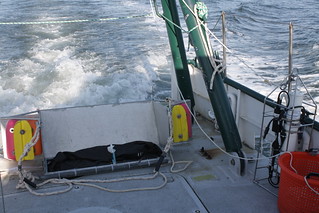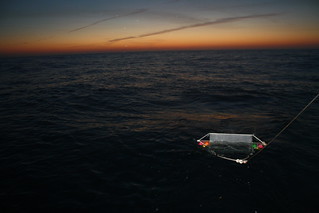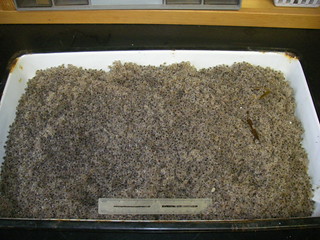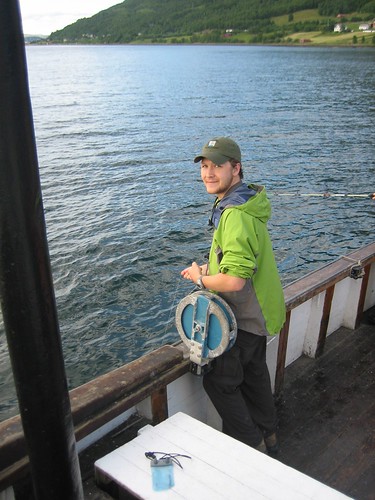Since my last post I have completely re-designed my chemostat system. Take a look at my last blog post to see a picture of the previous system (aka Cv1.0). Although good in theory (autoclavable culture vessel, large culture volume, inexpensive to implement), many problems came out in the test culture phase.
To begin with, although the culture vessel itself was indeed autoclavable, the bulkhead fittings that connected tubing to the vessel were not. The silicone sealant used to close off gaps was also not autoclavable.
Additionally, the peristaltic pumps for this system quickly became very unreliable and refused to stay synchronized. Since the principle of a chemostat system is dependent on constant, synchronized influx and efflux of media, lack of synchronization in the input/output pumps leads to serious problems such as excessive dilution of the culture or (far worse) draining the culture vessel dry.
The culture vessel for Cv1.0 was also far too large. Topping out at 4 liters, it required an enormous amount of media to keep the culture at steady state.
Because of these problems I have decided to adopt a new system design (Cv2.0). Instead of the previous two pump chemostat system (one input pump and one output pump), the new system is an overflow chemostat. This simply means that the culture vessel has an open port in the side of the flask that drains excess media when the media level rises to the overflow level. This has the great benefit of requiring only one media pump (the input pump) since the overflow port drains media at the same rate that it is being pumped into the system. This new culture vessel is also much smaller (2L media capacity), so media demands should be less. Upgrading to a better quality peristaltic pump seems to have solved the flow inconsistency problems experienced in the previous system.
I have also begun the process of writing a LabVIEW VI (virtual instrument) to control the gas manifold (see picture) in response to culture pH. Slowly but surely, progress is being made.
In between working over my chemostat I have been writing my thesis proposal. It looks like I’ll be defending my proposal sometime in March or April, so I’ve also been working on some preliminary data to relate Alexandrium cellular health to pH. Hopefully I’ll be including this in my next post.
Happy 2013! :)








